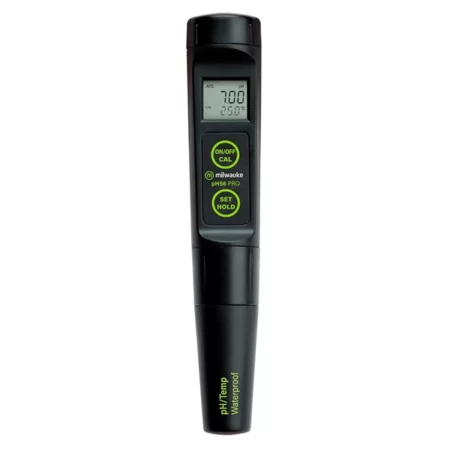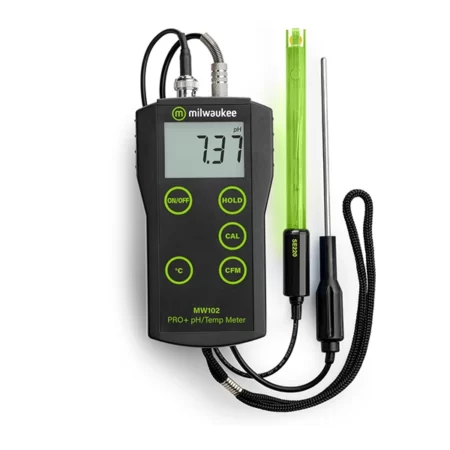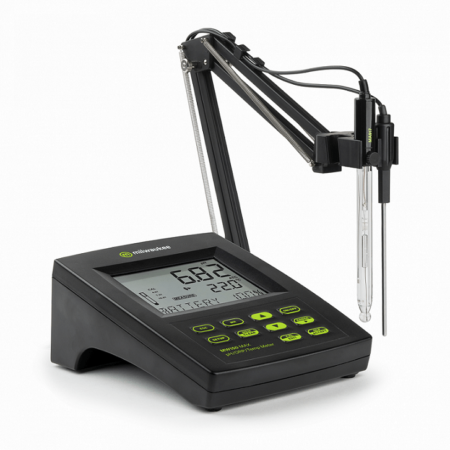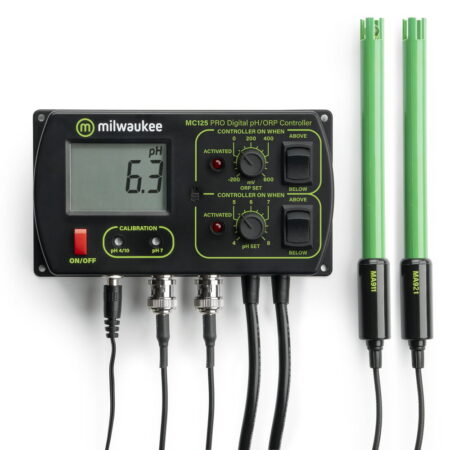- sales@pacificsensortech.com.au
- Mon - Fri: 9:00 - 17:00
Menu
pH
The pH is a parameter which used to insist on the acidity or the basicity of the water-based solution. The acidic solution has a lower pH, while basic solutions have a higher pH. Pure water is neither acidic nor basic and has a pH of 7 at room temperature. The pH array varies from 0 to 14, with the 7 being neutral. Considering the equation, the ph is equal to –log10[H+] where is the hydrogen ion concentration in moles per litre.
Nearly 110 years ago, a Danish chemist Soren Peter Lauritz Sorensen developed the pH scale which measures the acidity or basicity of the material. Our tongue is an excellent pH sensor which is inbuilt in the human body. Thank to our tongue, we have an idea of the acidity or basicity of foods that we are ingesting in our day to day life. Grandma’s Kitchen is the first laboratory that we used our inbuilt pH sensor. I can remember my grandma taught me sour taste fruits such as lime and orange have an acidic pH range.
Chemists, scientists and researchers in many industries and teaching laboratories, must read the pH value precisely. Therefore, scientists developed a meter to translate the electrical potential between the pH-responsive electrode and a reference electrode. Fundamentally, pH meter consists of voltmeter attached to a pH-sensitive glass electrode and a reference mercury-mercurous chloride electrode or silver-silver chloride electrode. The meter may have either digital or analogue readout; however, digital readout gives an accurate reading.
The pH value is a pivotal parameter in different applications as it reflects the chemical condition of the solution. Therefore, measuring and monitoring the pH is very important. For example, in aquaculture, high or low pH can be harmful to the aquatic lives. The pH above 9, most ammonium ions converted into ammonia which is very toxic to fish. In water treatment perspective, low pH water can degrade the copper piping system and lead copper leach into the water system. The suggested pH range for drinking water is between 6.5 and 8.5. Therefore, it is necessary to maintain the pH levels in the accepted range to keep the metabolism in precise conditions.
Selecting a digital pH tester is significant as the pH reading. There are few essential things to consider when purchasing a pH tester such as accuracy, calibration, electrode, temperature and the portability. The accuracy of pH testers ranges from ±0.1 pH to ±0.001 pH. In a research or quality control environment, the accuracy of ±0.01 pH is the right choice. The main point is low-cost meters will not last long and need replacement after a short period.
The calibration of the meter uses to ensure the correctness of the reading. It is possible to purchase five-point, three-point and two-point calibration meters. Though there are single-point calibration meters in the market, we can’t rely on the reading of those meters.
In laboratories and the field, most pH probes are glass bulb electrodes. But non-glass electrodes also available which are expensive.
The temperature is acting a vital role in the pH measurements. As the temperature rises, the pH value is decreased due to the increment of molecular vibrations and ionization of the water molecules resulting in H+ ions. More advance ph testers facilitate with the automatic temperature compensation to compensate for the temperature deviations of the sample. It is a great idea to calibrate the ph meter at the same temperature as the samples being tested.
The portability is a key parameter need to consider before purchasing a pH tester. Depend on the location that the user going to use can be selected the pH meter. If the user focusing on high accuracy and planning to use the meter in a laboratory, recommend considering a bench-top meter which offers advanced functionality and is designed for long term reliability. Pocket or handheld pH testers are a good alternative for outdoor and field usage which are generally durable and waterproof.
To ensure the correct pH reading and care of the pH meter, the user must practise the proper handling and good laboratory practices as mentioned below.
Depend on the debris deposited on the electrode suggested cleaning procedure can be practised.
After each soaking, the electrode should be rinsed thoroughly with distilled water. Adhering droplets on electrode should be gently dried with tissue paper and do not rub.

pH / Temperature Meter, 0.01 pH Resolution, replaceable pH electrode
...
Standard Portable pH / Temp Meter with Resolution 0.01 pH & Acuracy ±0.02 pH
...
pH / ORP / Temperature Laboratory Bench Meter
...
pH / ORP Controller, 0.00 – 14.00 pH, ± 1000mV
...


